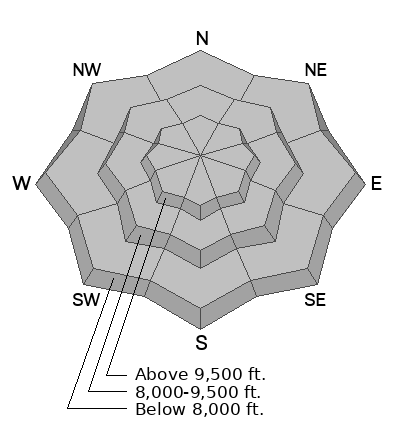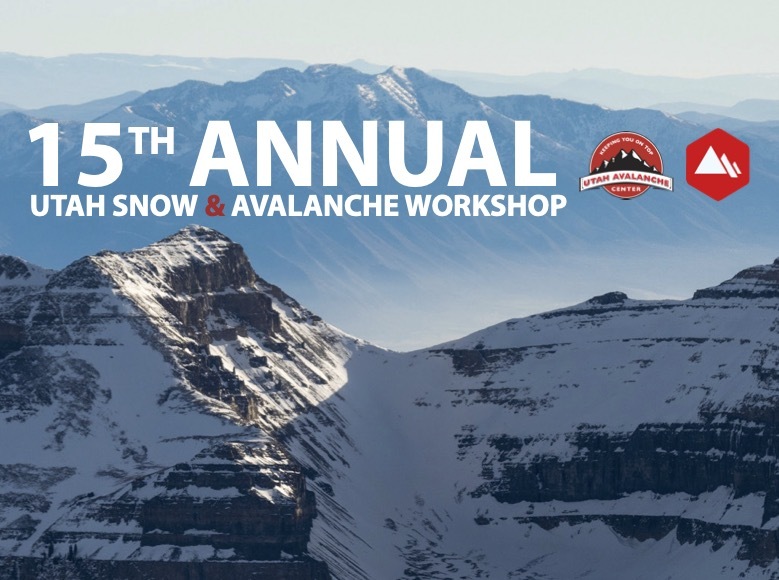Forecast for the Provo Area Mountains

Issued by Dave Kelly on
Wednesday morning, October 26, 2022
Wednesday morning, October 26, 2022
Welcome back winter! Last weekend's storm deposited anywhere from a few inches to a couple of feet throughout the range with another storm moving in Wednesday through Thursday morning. The Bunnells Ridge Weather Station at 8800 feet in elevation currently has 8" snow on the ground and we would expect that there is 12-18" at higher elevations in the Provo Mountains.
Avalanches are possible if you're traveling in the mountains. The main issue will be fresh deposits of wind-drifted snow that could produce slab avalanches. However, in some places where 2-3 feet of snow may accumulate, the new snow alone may produce soft slab avalanches or sluffs of new snow. Wind drifts look rounded and pillowy and form on the leeward side of terrain features. Be particularly cautious in steep terrain during periods of increased snowfall and winds.
As we get up and running this season please consult the updated Salt Lake Advisory and check out our observations page.

Low
Moderate
Considerable
High
Extreme
Learn how to read the forecast here







